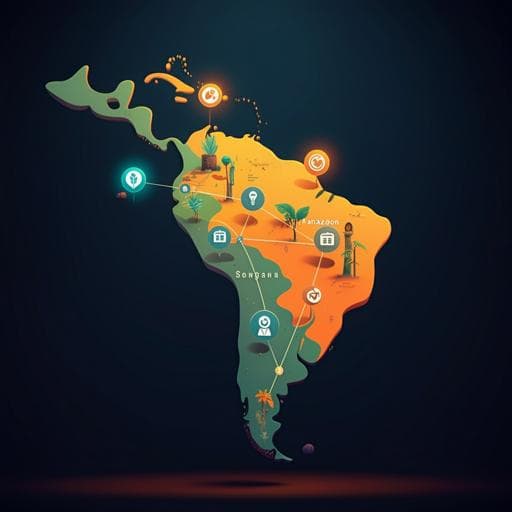
Environmental Studies and Forestry
Socio-economic and environmental trade-offs in Amazonian protected areas and Indigenous territories revealed by assessing competing land uses
B. D. Braber, J. A. Oldekop, et al.
This study reveals the socio-environmental trade-offs of protected areas in the Brazilian Legal Amazon, evaluating their impact on deforestation and poverty outcomes. While Indigenous territories limit deforestation, they offer fewer socio-economic benefits compared to other protected areas. Conducted by Bowy den Braber and colleagues, this research underscores the need for further interventions to safeguard Indigenous rights while promoting sustainable development.
~3 min • Beginner • English
Related Publications
Explore these studies to deepen your understanding of the subject.







